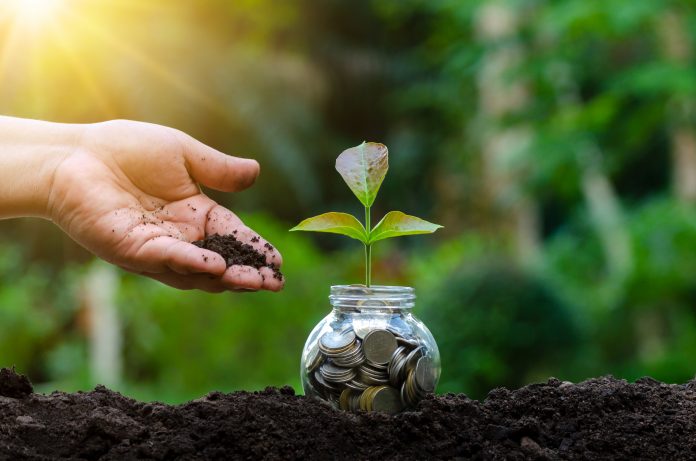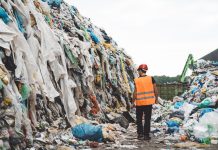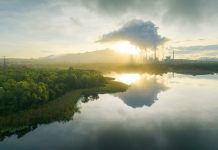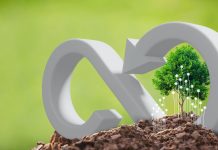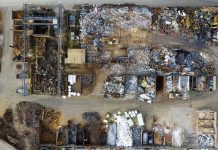When it comes to transitioning to a green economy and carbon offsetting, William Richardson, Founder and Managing Director of Green Element provides his thoughts
According to studies performed by the Economist Intelligence Unit, a rise in global temperatures of six degrees (which is the worst-case scenario) would inflict $43 trillion of losses on investment portfolios. This is around 30% of the entire stock of manageable assets.
Consequently, a transition to an inclusive green economy is vital. In 2008 the UN created the Green Economy Initiative, aimed at encouraging governments to invest in protecting our environment. They defined the ‘green economy as one that results in improved human well-being and social equity, while significantly reducing environmental risks and ecological scarcities.’
In order to achieve a green economy, the UN encouraged a focus on; ‘circularity, collaboration, solidarity, resilience, opportunity and interdependence.’
During the past decade, there has been a focus on the circularity element. The concept of moving away from the linear economy to the circular economy has been prevalent. Traditionally, our economic model was based on the linear approach. In other words; take, make and dispose. We would recklessly extract precious materials from the ground, make them into products (which had a short life span) and then we would landfill the items when we no longer wanted them. These used items were claimed to be worthless.
However, we know this is far from the truth. Items made from precious materials, extracted from the ground are finite. They have a lot of value.
This is where the circular economy comes in. The idea that we must consider the end of life process of items being manufactured. The circular economy is based on a model which instead of land-filling products saves them.
Not only is less waste better for the environment but it is also better for our economy. Businesses that recycle save costs on extraction. For example, recycling one ton of iPhones will yield 300 times more gold than extracting one ton of gold ore.
Other aspects of the green economy involve investing in environmental projects. For example, carbon offsetting enables companies or governments to buy carbon credits. This means that carbon emitted can be balanced out by carbon credits purchased. In this way, a company or country can be deemed ‘carbon neutral’ without having to actually stop emitting carbon dioxide.
In theory, a company can emit as many tonnes of carbon dioxide as they like but if they buy back the number of tonnes emitted, they can write on their website they are carbon neutral. Transitioning to a low carbon economy in this way is not necessarily the answer.
In order to avoid financial and environmental disaster, we need to ensure that the green economy is executed efficiently.

